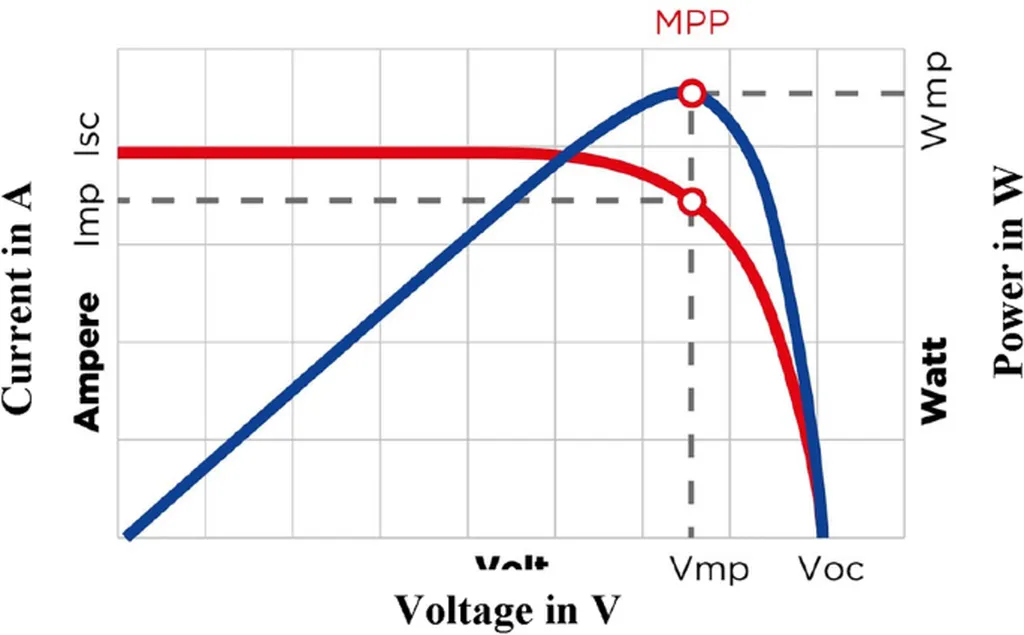In the quest to harness the sun’s energy more efficiently, researchers have developed a novel approach to distributed photovoltaic (PV) power generation that could significantly enhance energy consumption and grid stability. This innovative method, detailed in a recent study published in the journal *AIP Advances* (which translates to “Advances in Physical Sciences”), addresses the challenges posed by traditional and centralized PV systems.
The study, led by Peifeng Zhao from the State Grid Shanxi Electric Power Company Yuncheng Power Supply Company, introduces a time-scale coordinated control method designed to optimize the performance of distributed PV systems. These systems, which generate electricity at or near the point of use, have gained traction as a means to reduce transmission losses and improve energy efficiency.
Zhao and his team’s approach focuses on overcoming the limitations of existing PV systems by establishing a multi-time-scale fusion coordination control model. This model integrates various control strategies to maximize the efficiency of distributed power sources. One of the key innovations is the use of an intermittent high-frequency constraint allocation method, which enables precise control of voltage and current, ensuring safe and reliable power supply.
“The output response capability of our distributed photovoltaic high-efficiency multi-time-scale coordinated control is excellent,” Zhao explained. “It simplifies the energy conversion process and effectively coordinates the transmission power between multi-source distributed photovoltaic grids and multi-source microgrids’ internal energy storage.”
The implications of this research for the energy sector are substantial. By improving the efficiency and reliability of distributed PV systems, this method could facilitate greater adoption of renewable energy sources. This, in turn, could reduce dependence on fossil fuels and lower greenhouse gas emissions, contributing to global efforts to combat climate change.
Moreover, the enhanced coordination between distributed PV grids and microgrids could lead to more resilient and flexible energy systems. This is particularly important as the share of renewable energy in the grid mix continues to grow, necessitating advanced control strategies to maintain grid stability.
The study’s findings also highlight the potential for cost savings. By optimizing the use of distributed PV systems, energy providers could reduce the need for expensive infrastructure upgrades and minimize energy losses during transmission. This could translate into lower energy costs for consumers and increased profitability for energy companies.
As the world continues to transition towards a more sustainable energy future, innovations like Zhao’s time-scale coordinated control method will play a crucial role. By addressing the technical challenges associated with distributed PV systems, this research paves the way for more efficient, reliable, and cost-effective renewable energy solutions.
In the words of Zhao, “This optimized design for distributed photovoltaic high-efficiency coordinated control at multiple time scales opens up new possibilities for the future of energy generation and consumption.” As the energy sector continues to evolve, such advancements will be essential in shaping a cleaner, more sustainable world.

